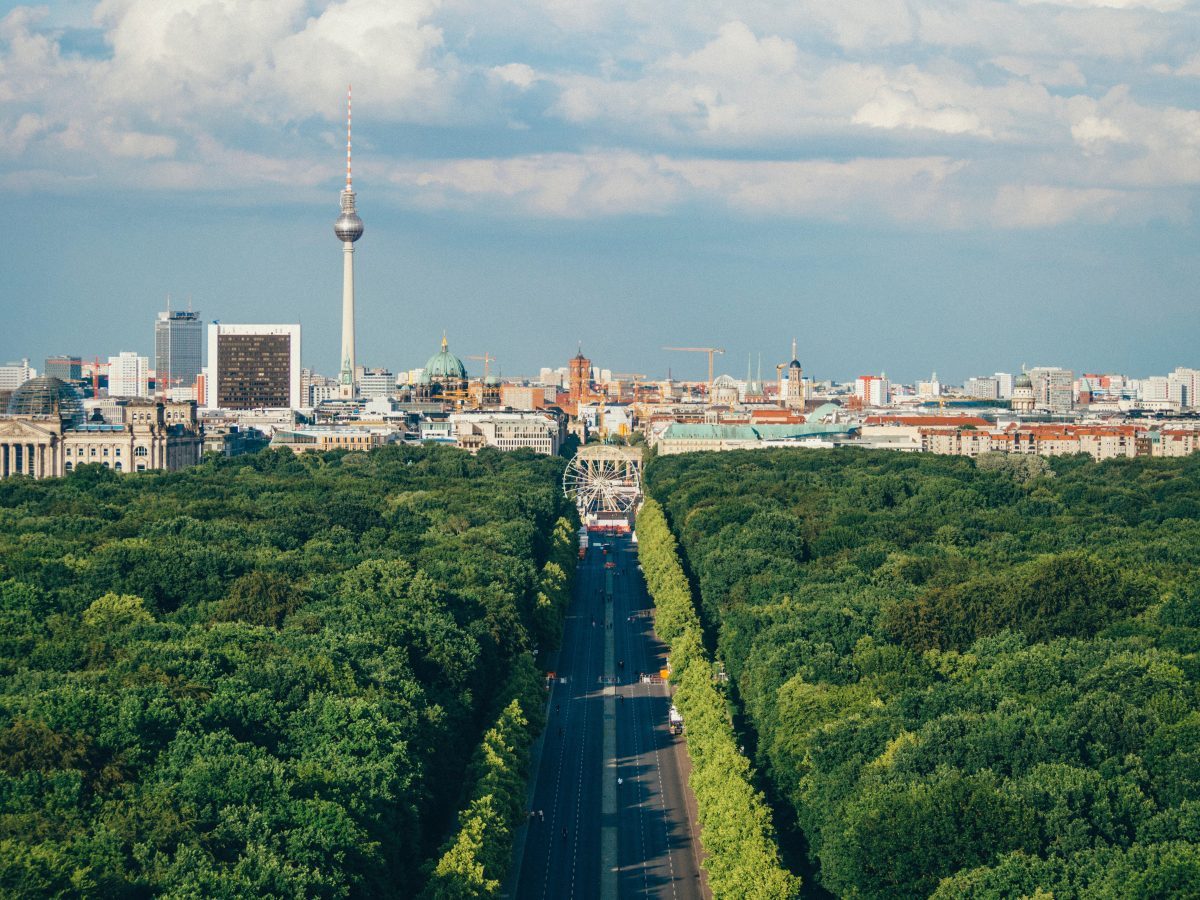Valencia – What Is There to See and Do in the “City of Arts and Sciences”?
Valencia is one of the most beautiful and unique cities in the world. Located on the east coast of Spain, it is the country’s third-largest city and capital of the autonomous community of the same name. It is often referred to as “the City of Arts and Sciences” thanks to its many cultural attractions, world-class museums, and modern architecture. Valencia is a great destination for anyone looking to explore a vibrant city with lots of things to do year-round. From ancient Roman ruins to modern parks, there are plenty of attractions that appeal to all types of travelers. In this guide, we’ll explore some of the best things to see and do in Valencia.
Museu de Belles Arts de Valencia
The Museu de Belles Arts de Valencia (Valencia Museum of Fine Arts) is one of the most important museums in the city. It houses a large collection of artwork from both Spanish and international artists including Francisco Goya, El Greco, and Diego Velázquez. The museum also has a large collection of Trobats, which are small terracotta figures handmade by local artisans during the 19th century. Visitors can enjoy a variety of temporary exhibitions in addition to the museum’s permanent collection.
Ciudad de las Artes y las Ciencias
The Ciudad de las Artes y las Ciencias (City of Arts and Sciences) is an iconic complex of futuristic buildings designed by celebrated Spanish architect Santiago Calatrava. It is the city’s most popular tourist attraction and houses a number of interactive galleries and exhibitions. Visitors can explore interactive exhibits at L’Hemisfèric, an IMAX theater, a planetarium, and enjoy fun water shows at L’Oceanogràfic, an open-air aquarium designed by renowned architect Felix Candela.
Cathedral of Valencia
The Cathedral of Valencia, also known as the “Basilica Metropolitana of the Assumption of Our Lady” or “La Seu” for short, is the most important religious building in the city. Built between the 10th and 13th centuries, it features a mixture of architectural styles including Romanesque, Gothic, and Renaissance. Inside, there are many beautiful works of art and artifacts to admire, such as an altarpiece carved in wood by Francisco Peralta in 1520. The cathedral also has a small museum that houses several important cultural artifacts.
Jardí Botànic Històric
The Jardí Botànic Històric (Historic Botanical Garden) is a beautiful garden located in the heart of Valencia. It was founded in 1567 by King Philip II and features many varieties of plants, trees, and flowers from around the world. Visitors can enjoy tranquil walks through the gardens or relax by the pond full of koi fish. The garden also features interpretive centers that educate visitors about botany and ecology.
Palau de les Arts Reina Sofía
The Palau de les Arts Reina Sofía (Queen Sofía Arts Palace) is an important performing arts venue located in Valencia’s city center. This modern theater was built in 1989 and hosts a variety of performances including operas, ballets, symphonies and live concerts. It is also home to a large auditorium with seating for up to 2000 people called “El Palau dels Arts” – The Palace of Arts.
Stadio de Mestalla
Stadio de Mestalla is one of Spain’s oldest football stadiums, having been home to Valencia CF for over 80 years. The stadium underwent extensive renovations in 2018, resulting in an improved seating capacity for up to 55,000 spectators. It is now considered one of the best stadiums in Europe and home to some of the best football games in Spain.
Mercado Central
Located in the heart of Valencia, Mercado Central (Central Market) is one of Spain’s largest indoor markets. It contains over 900 market stalls selling a variety of local produce and products such as cured meats, cheeses, wines, and leather goods. Visitors can also find clothing, jewelry, souvenirs and regional specialties such as Valencian paella ingredients. The market has been functioning since 1914 and is also a popular tourist attraction due to its stunning modernist architecture designed by Alejandro Soler-Roig.
Plaza del Ayuntamiento
The Plaza del Ayuntamiento (Town Hall Square) is Valencia’s main square located close to the Town Hall building. It is a popular gathering spot for locals and visitors alike who meet up to socialize or enjoy the many restaurants and cafés located around the area. The square also hosts several events throughout the year, such as concerts and traditional festivals such as Las Fallas – a five-day carnival celebrated in March where effigies are burned in honor of Saint Joseph.
El Carmen District
El Carmen District is one of Valencia’s oldest and most vibrant neighborhoods full of narrow streets lined with colorful buildings and small plazas full of cafés and restaurants. Its cobblestone streets are lined with historic buildings from the 15th century such as El Torres de Serranos – one of Spain’s only remaining moats dating back to medieval times. Visitors can explore many places within El Carmen such as the colorful La Lonja Silk Exchange building or take a relaxing walk through the Ancient Roman remnants located further up El Carmen Hill. From cultural sites to nightlife spots, Valencia has something to offer everyone. Whether you’re looking for ancient ruins or modern attractions, the city has a variety of attractions that appeal to all types of travelers. While it’s impossible to include all there is to do here in one article, we hope our list provides a great introduction to all that Valencia has to offer. For more information on Valencia’s attractions, visit Turism Valencia’s official website.
Table of Contents

